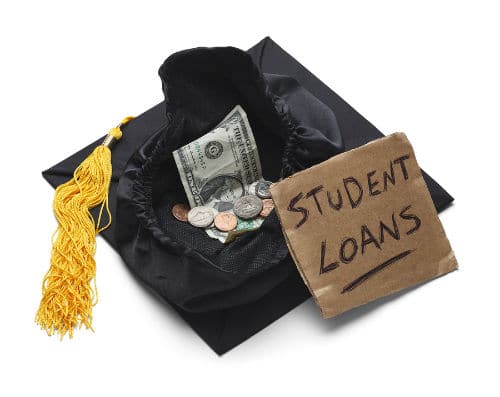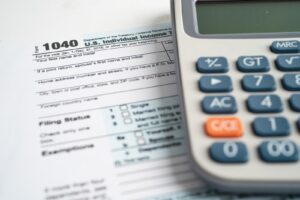Millions of Americans have student loan debt – from recent college graduates to people in their 60s.
Student loans are the one form of debt you typically can’t get rid of in bankruptcy court, so this debt can stay with you for decades if you don’t pay it off.
Here are frequently asked questions about student loan forgiveness programs that we’ve received here on AskTheMoneyCoach.com.
1. How can I take advantage of a student loan forgiveness program and where can I find them?
My best advice would be to carefully research the type of loans you take on while in school and to know what type of loans will qualify for loan forgiveness – and which will not.
It’s also important to know if the type of work you are likely to do after graduation will be eligible for student loan forgiveness. Start by doing research through the U.S. Department of Education’s website.
2. Who is likely to be eligible for a student loan forgiveness program?
People who plan to work in public service arenas – particularly for the government or for non-profit agencies – are likely to qualify for student loan forgiveness.
But those who plan to work in Corporate America or at for-profit entities won’t qualify for these programs.
3. Are there any downsides, or considerations about student loan forgiveness programs?
One potential downside is that not all types of loans qualify for loan forgiveness, and even when they do, there are restrictions involved.
One is that you must pay for 10 years under a loan program specifically designated as eligible for loan forgiveness.
So if, for example, you got a federal Stafford Loan 10 years ago while in college, and you’re repaying college debt under the extended repayment plan, that loan program didn’t qualify for loan forgiveness.
You could currently have a payoff term anywhere from a couple years to as much as 15 years. But again, those Stafford loans aren’t eligible for loan forgiveness under the Public Service Loan Forgiveness program.
You must first consolidate them into a direct loan and then they can qualify for forgiveness.
Consequently, if you consolidate, now you have to make 120 payments or 10 years worth of payments (starting now) before the rest of any debt can be written off.
So in effect, this could extend your repayment term unnecessarily. At the very least there potentially may be no net benefit if you wind up repaying the loans for another 10 years.
4. Are there more student loan forgiveness programs now than 5 to 10 years ago…or not?
There are more loan forgiveness programs now compared to a decade ago. Just the fact that President Obama signed student loan reform legislation into effect a few years ago has helped – especially for those who can do public service for 10 years and then have their remaining student loan balances eliminated.
In addition to the Public Service Loan Forgiveness program, there’s the Federal Student Loan Repayment Program, where the government will basically pay off your federal loans for you – up to $60,000 – as long as you work for a government agency. Visit the Office of Personnel Management website at www.opm.gov to learn about that option.
There are also loan forgiveness options through places like AmeriCorps, VISTA or the Peace Corps.
Lastly, some people can get loan cancellation due to extreme circumstances such as death of the borrower or complete and total disability.
5. How many people might be helped by these programs, why don’t people pursue them?
These programs could aid millions of borrowers, but many people don’t pursue them because of a lack of knowledge about them or a misconception that they’re too complicated to initiate.








